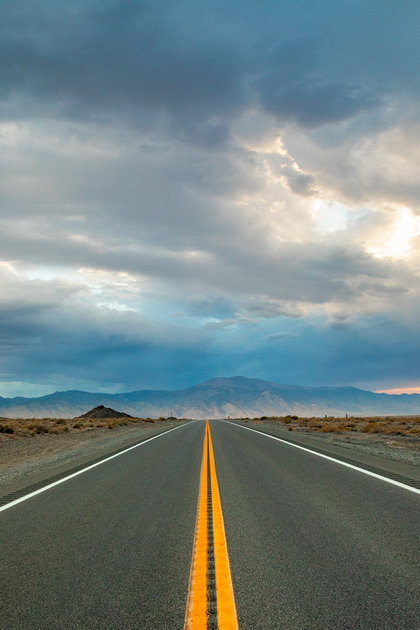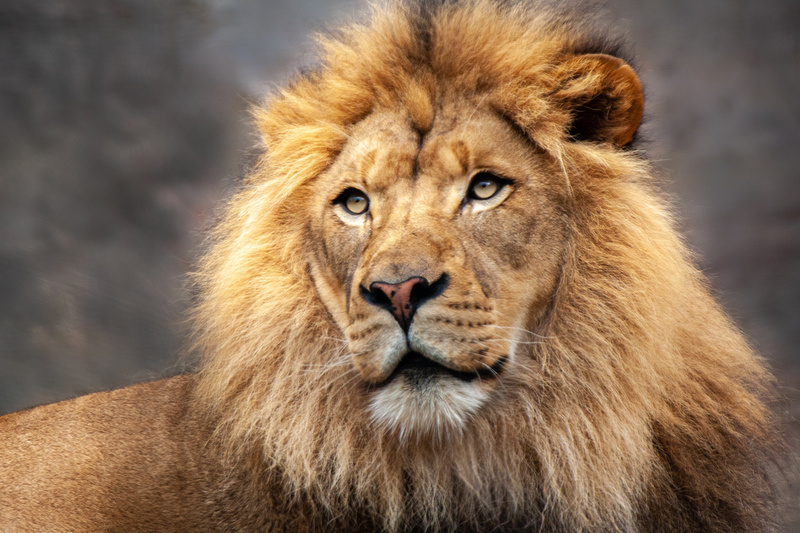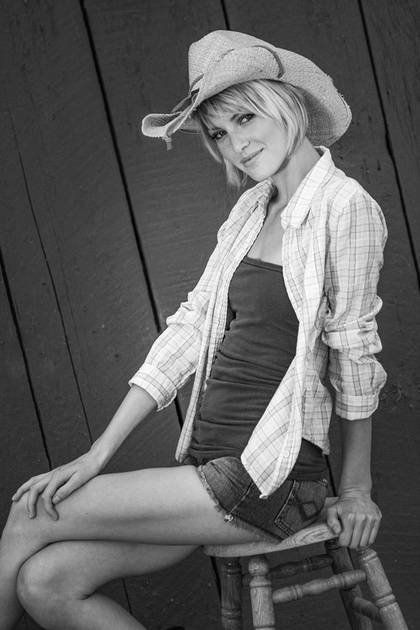Cropping and framing
Get your scissors, we are Cropping and Framing
Text and photos by Heather Cline
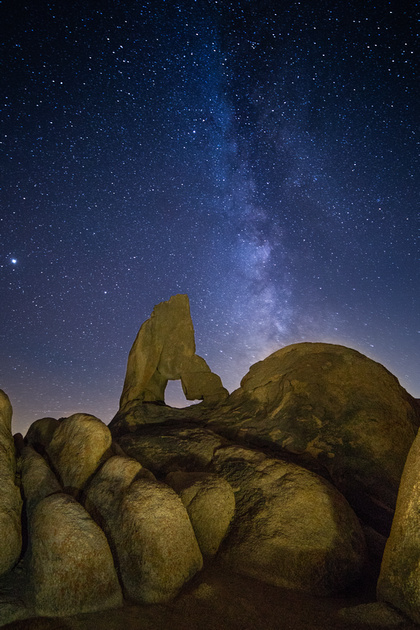 
Boot Arch and Milky Way |
One of the most valuable lessons I learned when starting in photography was framing the shot. Framing is the organization of components within the window that the camera provides. Ansel Adams referred to this as "the ability to anticipate a finished image before making the exposure".
Cropping achieves the same goal, but is done after the image is recorded, using post processing software like Lightroom or Photoshop. Cropping is a good tool to improve the quality of the composition when that could not be achieved in the field, but it should not be used as a replacement for framing.
This article will cover framing best practices, examples, when to crop and the pros and cons.
Frame first, crop second
When we as photographers start to visualize the image, we have a 360 degree view available to us and cannot include all of it in the image. This means that before the photo is taken we are already excluding certain elements from the image. For those new to photography, it can feel a little overwhelming to select only what is important to the composition. Using a something like a composition card can be helpful for pre-visualization.
We should always strive to get the best possible image while in the field, as opposed to fixing issues in post process, but there are times when cropping post process is necessary or desired. For example, if you are unable to eliminate an object due to gear limitations or an inability to move yourself for a more desirable point of view. You might also crop for creative purposes.
The trade-off of cropping in post process is the reduction of image resolution which could result in poor quality prints. Newer cameras are offering higher megapixels every day so we are able to get away with more post process cropping but if we get the framing right when we are taking the picture, the image will have the benefit of all the camera’s megapixels and will appear sharper with less noise (grain).
 
First framing: White Domes Trail, Valley of Fire State Park |
  Second framing: White Domes Trail, Valley of Fire State Park
Second framing: White Domes Trail, Valley of Fire State Park |
Framing Examples: Good vs Bad
Chances are, we have all created images that were framed well - and not so well.
|
Filling the frame: This is a good way to eliminate busy backgrounds or surroundings. This is especially helpful with portraits. Filling the Frame [good]: Bobcat, San Francisco Zoo |
|
Cutting off limbs: When photographing humans or animals be cautious about where you crop to eliminate awkward compositions. A good rule of thumb is not to crop at any joints. Cutting off limbs [avoid]: Bobcat, San Francisco Zoo |
|
Rule of Thirds: Applying the Rule Of Thirds during framing will automatically increase the number of images you wont have to fix in post process. Rule of thirds [good]: Highway 95, Nevada |
|
Cramped images: Sometimes you need to give the subject a little room to breath. Cramped image [avoid]: Tiger, Sacramento Zoo |
|
Headroom: Similar to cramped images, headroom refers to the amount of space between the top of your subjects head and the frame. Too much or too little room can make for an awkward image. Headroom [avoid]: Lion, Sacramento Zoo |
Cropping: Landscape Formats
As much advancement as there has been in the world of cameras, we are still constrained to that 2x3 viewfinder for capturing images in camera. This format is aesthetically pleasing most of the time, but what about those times when you want to capture something different?
Portrait Panorama: This can be achieved by taking multiple images and stitching them together post process, which does result in some cropping - or - cropping a standard image to achieve the panorama desired. Portrait panoramas can help exaggerate the height of the subject. 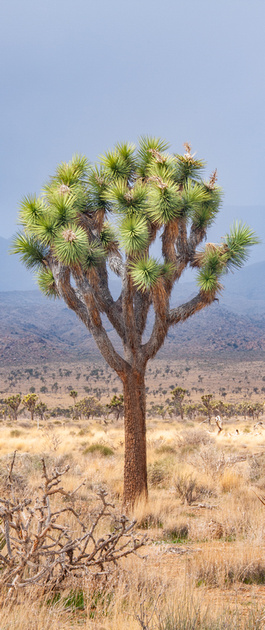 
Portrait Panorama: Joshua Tre |
|
Landscape Panorama: elongated frames encourage the viewer to pan laterally, just as you would if you were viewing an expansive landscape. Landscape Panorama: Lions |
|
Square: square crops tend to direct the viewer the center of the image and this is a good crop for radiating patterns or symmetrical objects. Square: Plant detail |
Creative Crops
You might opt to crop an image so much that it moves from literal to abstract or to have fun with rotations to
Creating an abstract 
Abstract: Iceberg detail, Prince William Sound, Alaska |
|
Selective cropping to create drama or make the image more dynamic. Selective (crop on a diagonal): Portrait |
I hope this article has provided some good information, tips, and examples for framing and cropping your images.


